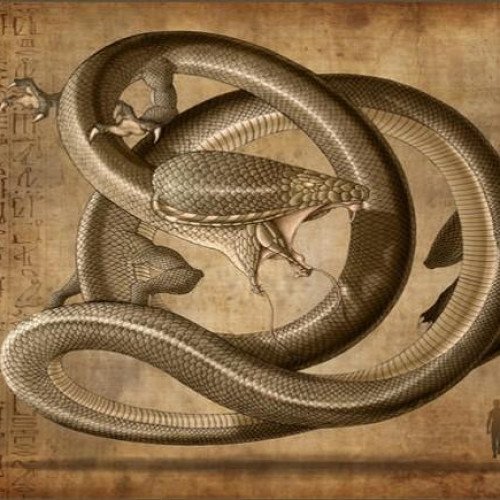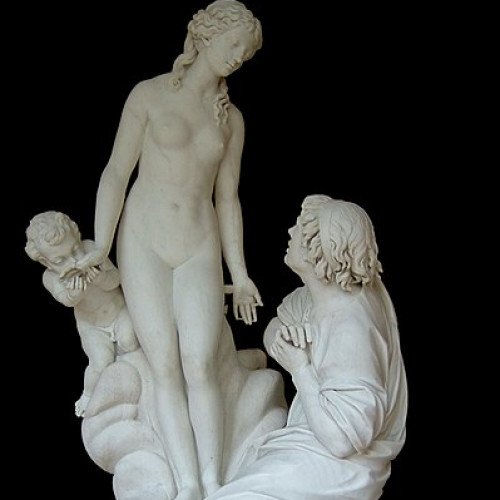Apep VS Galatea (mythology)

Apep
Apep ( or ; also spelled Apepi or Aapep) or Apophis (; Ancient Greek: Ἄποφις) was the ancient Egyptian deity who embodied chaos (ı͗zft in Egyptian) and was thus the opponent of light and Ma'at (order/truth). He appears in art as a giant serpent. His name is reconstructed by Egyptologists as *ʻAʼpāp(ī), as it was written ꜥꜣpp(y) and survived in later Coptic as Ⲁⲫⲱⲫ Aphōph. Apep was first mentioned in the Eighth Dynasty, and he was honored in the names of the Fourteenth Dynasty king 'Apepi and of the Greater Hyksos king Apophis.
Statistics for this Xoptio

Galatea (mythology)
Galatea (; Greek: Γαλάτεια; "she who is milk-white") is a name popularly applied to the statue carved of ivory by Pygmalion of Cyprus, which then came to life in Greek mythology. In modern English, the name usually alludes to that story. Galatea is also the name of Polyphemus's object of desire in Theocritus's Idylls VI and XI and is linked with Polyphemus again in the myth of Acis and Galatea in Ovid's Metamorphoses.